AdaBD made easy

How does our brain change when we learn? How do mice think? Does their behavior help us understand how we think and learn? Why are some people affected by learning disorders or developmental delays?
Are you also interested in these questions? Then you've come to the right place! The researchers at the University Research Priority Program “AdaBD” investigate these questions and many others every day!
How do we do that?
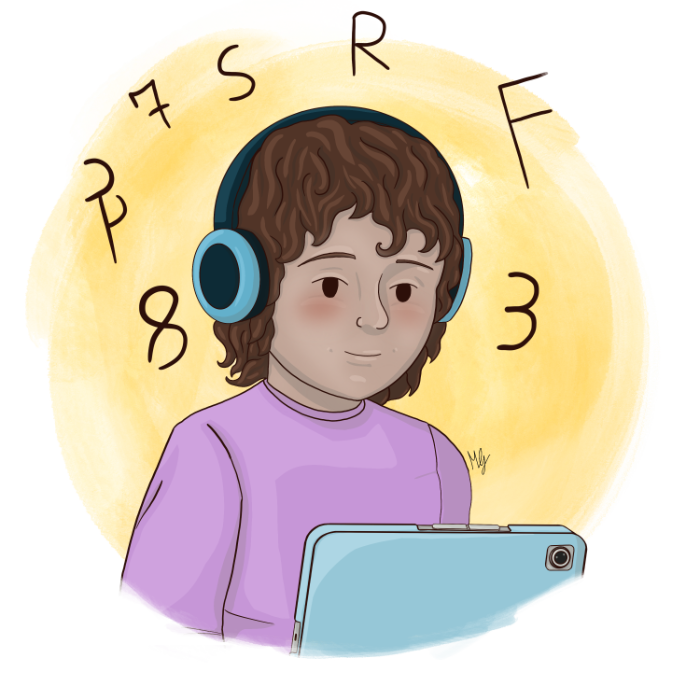
One way is by using computer games. Games can be used to test how and what a person learns. In these games, we often look at multisensory integration. For example, we observe how well the participants playing the game learn to link what they hear with what they see. Multisensory integration is important for learning, and it is therefore a large focus of ours.

To see what happens in the brain when we are learning, we use magnetic resonance imaging (MRI) to take images of the brain while the participant is playing our computer games. We can then use the images to find out which areas of the brain are active, and which are communicating with each other.

The information in the brain is transported through networks of brain cells, which we call brain circuits. We study these circuits at different levels and in different model organisms. For example, some researchers study the connections between cells in the brain and others look at specific molecules. We are always looking at how the brain circuits can adapt and change when the nervous system develops and when we learn.
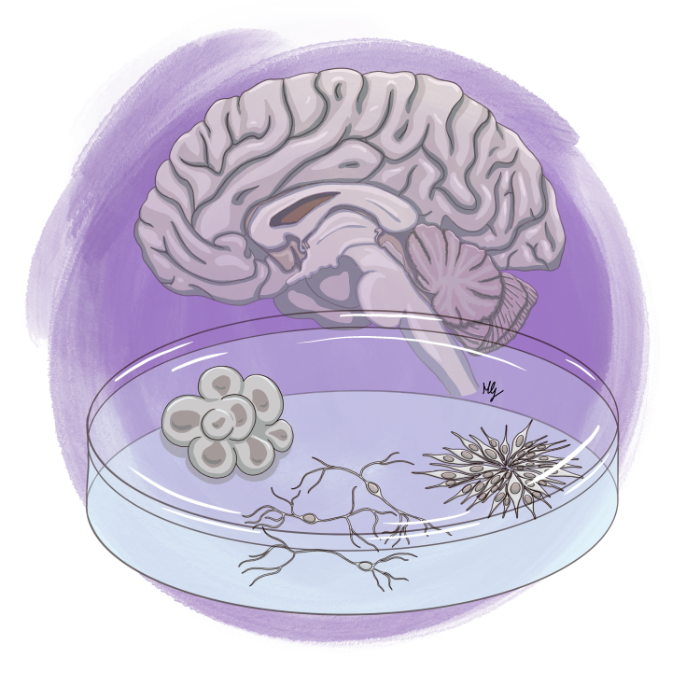
To study human nerve cells, we can use so-called induced pluripotent stem cells (iPSCs). iPSCs originate from blood or skin cells, which are first reprogrammed back to stem cells and can then be made to develop into many different cell types, including nerve cells. In the laboratory, we can investigate the functions of these nerve cells. We also hope to be able to generate three-dimensional structures from them, so-called organoids. These organoids could be used to explore how cells communicate in human tissues, and to compare this communication with animal models.
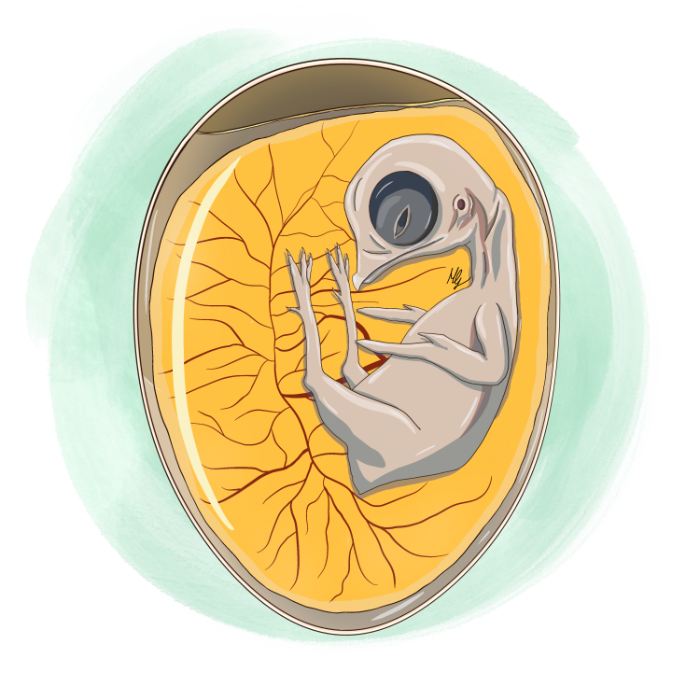
Animal models are needed for processes that cannot be looked at in humans or iPSCs. For example, they are needed to study how brain networks and structures of the nervous system are formed and how the neural pathways and the brain develop. Chicken embryos are particularly suitable for this. They can be studied at different stages of their development and their neural pathways can be easily imaged with a microscope.
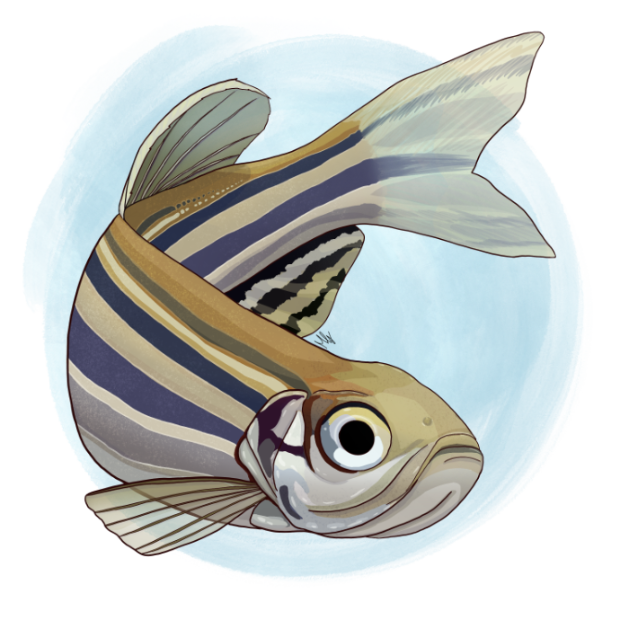
To study the influence of genes on brain development, zebrafish larvae are a good choice. We can very easily induce specific changes in their genes, so-called gene mutations, which our clinically active researchers have identified in developmental disorders. This allows us to study the function of these genes and find out what happens in zebrafish when the genes are mutated. Zebrafish reproduce rapidly and larvae as young as five days old have a well-functioning nervous system and can exhibit simple reflex-like behavior.
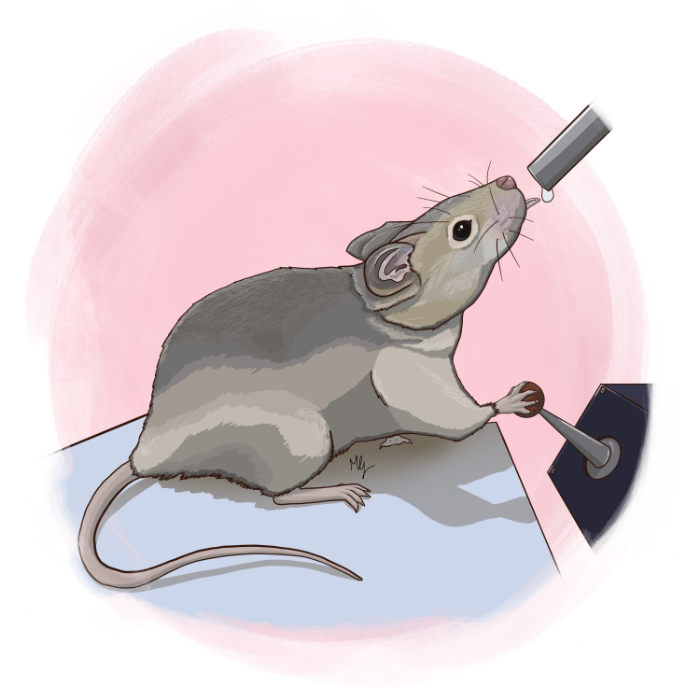
More complex behavior during various tasks can be studied in mice. We design the tasks to be as similar as possible to the tasks we use for humans so that we can compare our research results as much as possible. Sensory integration can be studied in mice, for example when a mouse must learn which picture goes with which sound.
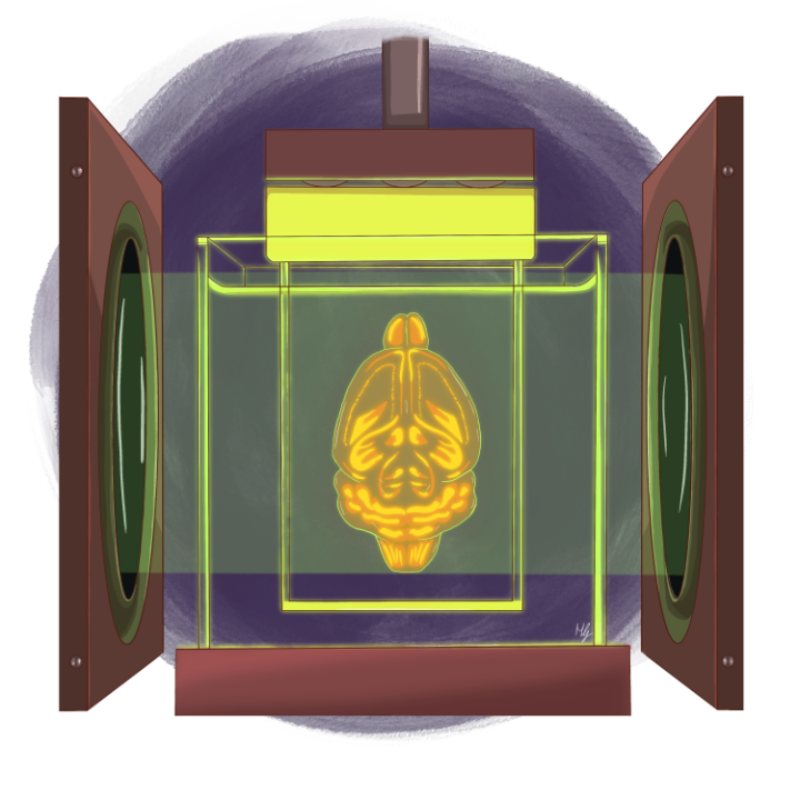
Special microscopes, such as our home-made light sheet microscope (mesoSPIM), are helpful for seeing small structures and brain networks in tissue samples. We prepare the samples with chemical substances so that they become transparent. We then look at them with an objective lens and illuminate a very thin slice of the sample with a beam of light, which makes the structures it contains visible. The light beam is then directed onto the other layers so that the entire sample can be scanned and a 3D image is created.
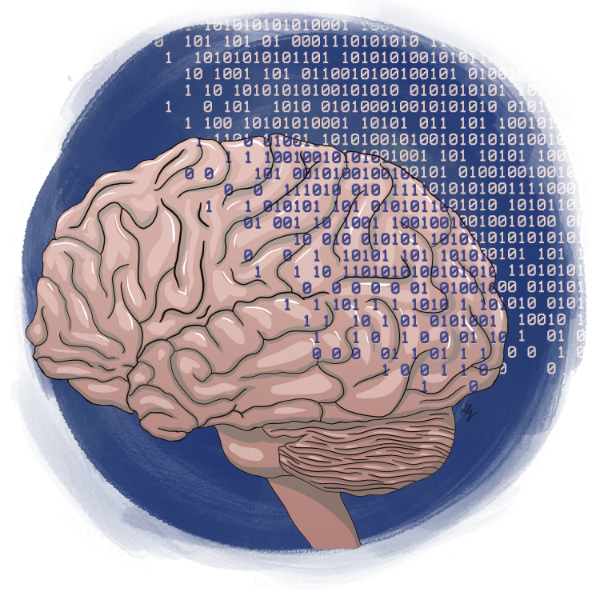
Computer models can help us too, as they simulate processes. Some researchers program neuronal computer networks and then compare the processes in these “computer brains” with the processes in real brains. This allows us to both further improve the computer networks and contribute to a better understanding of real brains. What’s more, all of our researchers work a lot with computers, since all experiments require large amounts of data to be analyzed. Our data science platform supports data analysis with a self-programmed software that is tailored to our needs.
All the pieces of the puzzle from our research will help us to better understand the causes of developmental delays and learning disorders. With the support of our new platform for learning and learning disorders, among other things, we will transfer our findings to society with the aim of improving the quality of life of people with learning disorders.
Illustrations by Marco Garbelli.